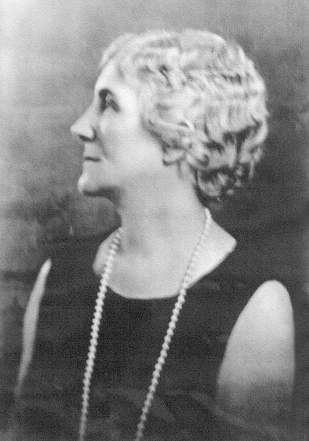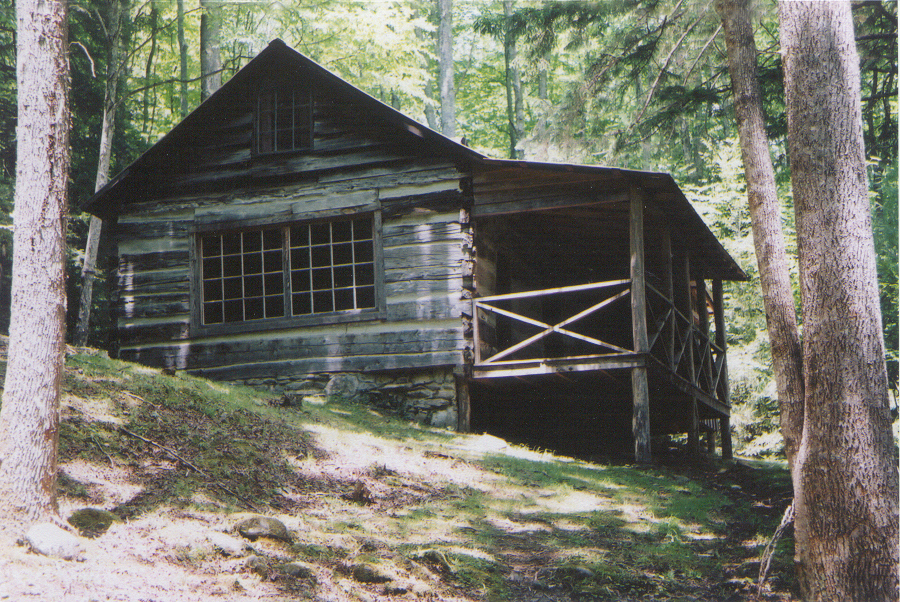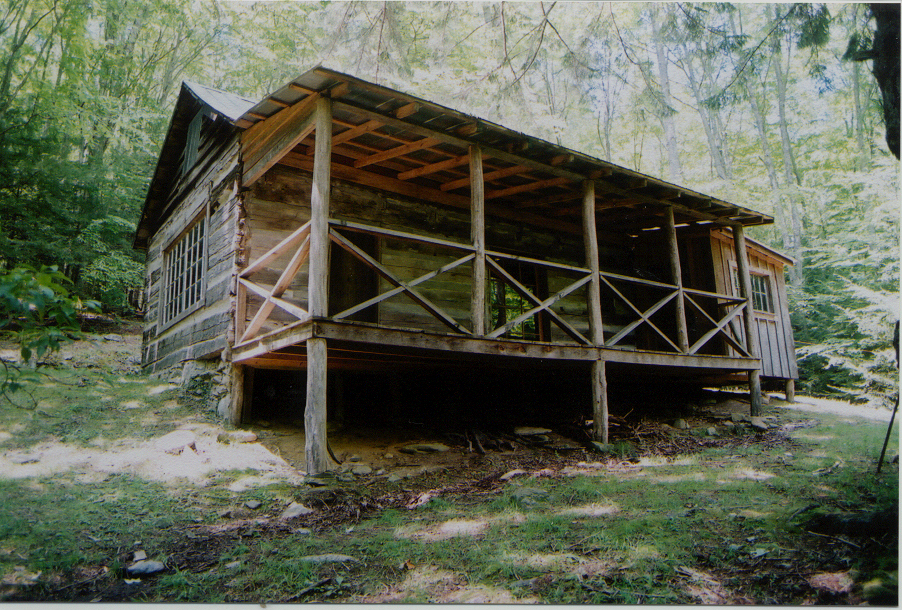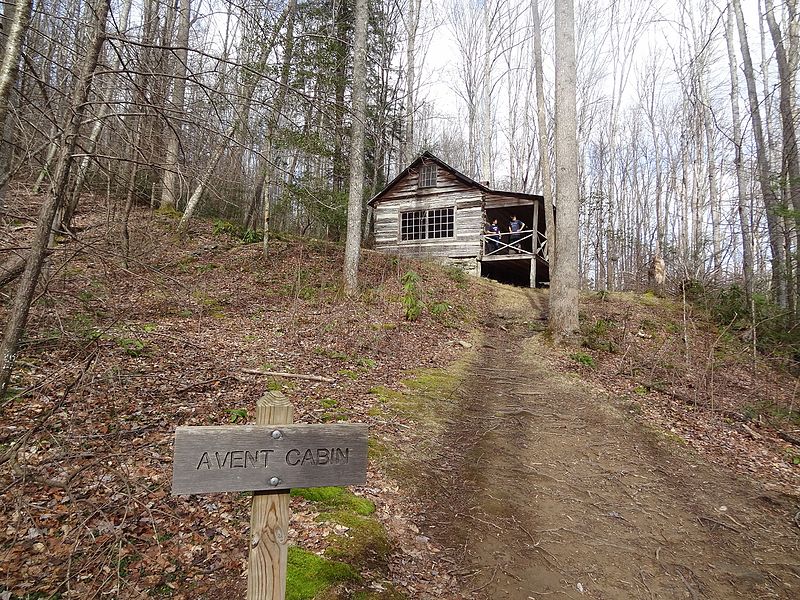 |
Mayna Treanor Avent
|
Mayna Treanor Avent Cabin, in the Great Smoky Mountains National Park near Elkmont, Tennessee, is an early Appalachian mountain cabin that was used as a summer studio and retreat by noted artist Mayna Treanor Avent (1865–1959). It is listed on the National Register of Historic Places.
 |

Avent Cabin
Location: Great Smoky Mountains National Park, one mile south of Elkmont and
west of Jake's Creek Trail
|
The cabin was built in 1845 or earlier by Humphrey Ownby. As a wedding present, Sam Cook (who lived nearby) bought the cabin for his daughter, Eva, when she married Steve Ownby. Sam paid $500 for the cabin and 50 acres. In 1918 Frank and Mayna Avent bought the cabin and 18.5 acres for $200. Mayna Treanor Avent (1868 – 1959) began using the cabin as an art studio in 1919 and continued to do so for over 20 years."In 1926, Frank and Mayna Avent gave the cabin to their son Jim Avent (who was on the original board of the Appalachian Club). In an effort to improve the cabin for his mother’s use, Jim made several alterations to the building. Windows were cut to see the apple orchard. There was no electricity, although they had permission.Ownership of the cabin and its 18.5 acres was transferred to the National Park Service in 1932. A lifetime lease was given to James Avent and his wife Jeannette. He subsequently transferred the lease to his children, Jacqueline and James Avent, Jr.In 1993 the National Park Service approved the request of the Tennessee Historical Commission that the Avent Cabin be placed in the National Register of Historic Places for two reasons. It was the summer studio of a noted regional artist, and also because it is a rare surviving mid-nineteenth century log structure representative of the pioneering architecture once prevalent in this mountain region. The Avent Cabin was owned by the family from 1916 to 1932 and leased from 1932 to 1992.
 |
Avent Cabin - Rear and Front View
|
 |

Mayna Treanor Avent Studio
Mayna Treanor Avent Studio
| |

La cabaña de Avent, cerca de Elkmont
| |
| Ubicación | Jake's Creek Trail, 1 milla (1.6 km) al sur de Elkmont |
|---|---|
| la ciudad mas cercana | Elkmont, Tennessee |
| Coordenadas | 35 ° 38′16.68 ″ N 83 ° 35′9.86 ″ WCoordenadas: 35 ° 38′16.68 ″ N 83 ° 35′9.86 ″ W |
| Construido | 1850 |
| NRHP referencia # | 93001575 [1] |
| Añadido a NRHP | 7 de febrero de 1994 |
Historia y descripción [ editar ]
Usar como Avent Studio [ editar ]
Ubicación [ editar ]
External links










No hay comentarios:
Publicar un comentario